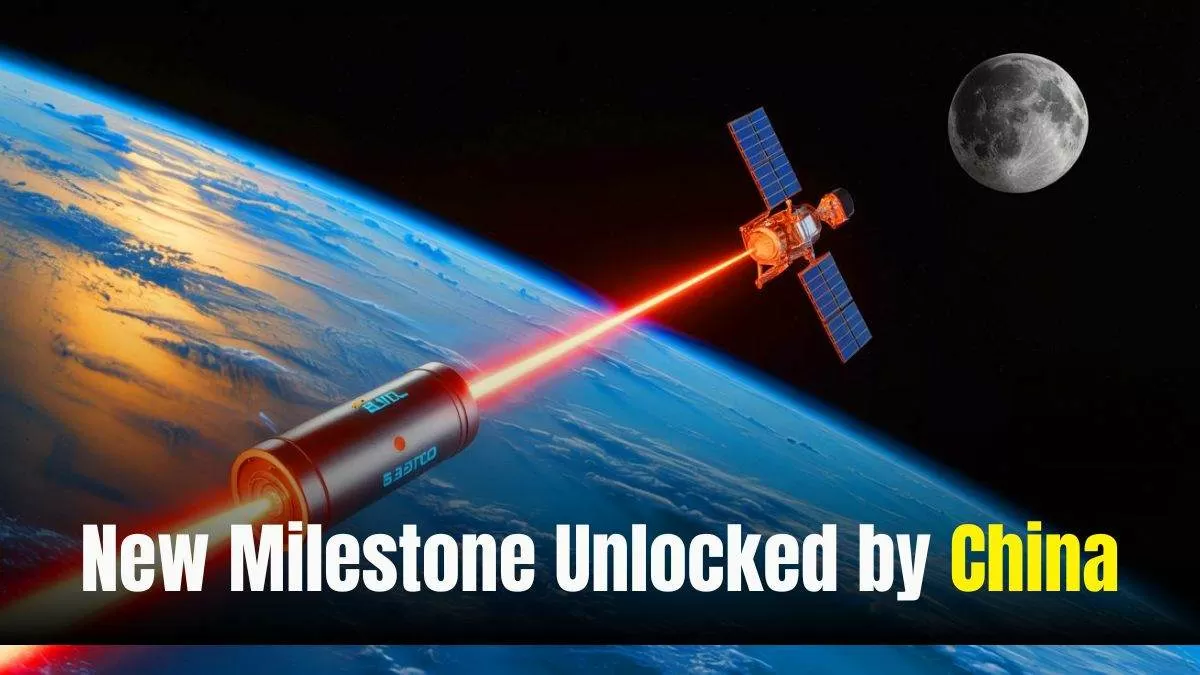China has successfully launched a precision laser from Earth, traveling 80,778 miles (130,000 kilometers) to the Moon and returning in broad daylight, marking a significant milestone for space exploration. The Deep Space Exploration Laboratory (DSEL) achieved this incredible feat, which is the first successful Earth-to-Moon laser-ranging shot in sunlight in history.
It is anticipated that this development will support China's aspirations for deep-space and lunar exploration. Xinhua News Agency highlighted the accomplishment, which is an important step in assisting China with its future lunar navigation and communications systems, including the planned crewed Moon landing by 2030.
Milestone Unlocked in Space Technology
With the accuracy of centimeters, laser-ranging technology has long been the gold standard for locating satellite orbits. Due to interference from solar glare, the approach had only been used at night up until now. However, the Tiandu-1 satellite, which was around one-third of the way to the Moon, was successfully targeted by laser pulses fired by the DSEL during the two-day experiment on April 26–27, 2025. This represents a major advancement in space technology since it creates new opportunities for ongoing data collection and orbital measurements by enabling such accurate operations to be performed during the day.
Launched in March 2024, the Tiandu-1 satellite is a component of a fleet of spacecraft designed to provide a comprehensive navigation and communication network between Earth and the Moon.
How will this New Technology benefit Space Exploration?
China's lunar aspirations will greatly benefit from this achievement. It specifically improves the Queqiao constellation's operational capabilities, which are used for lunar missions as a navigation and relay network. The constellation will enable autonomous navigation, accurate timing, and constant communication for rovers, lunar landers, and eventually astronauts. For mission planning and execution, the satellite laser ranging system will be essential, enhancing everything from rover fleet coordination to landing guidance. Additionally, it will make it easier to explore lunar craters that are constantly shadowed. These craters are rich in water ice, which is a valuable resource for long-term lunar study.
